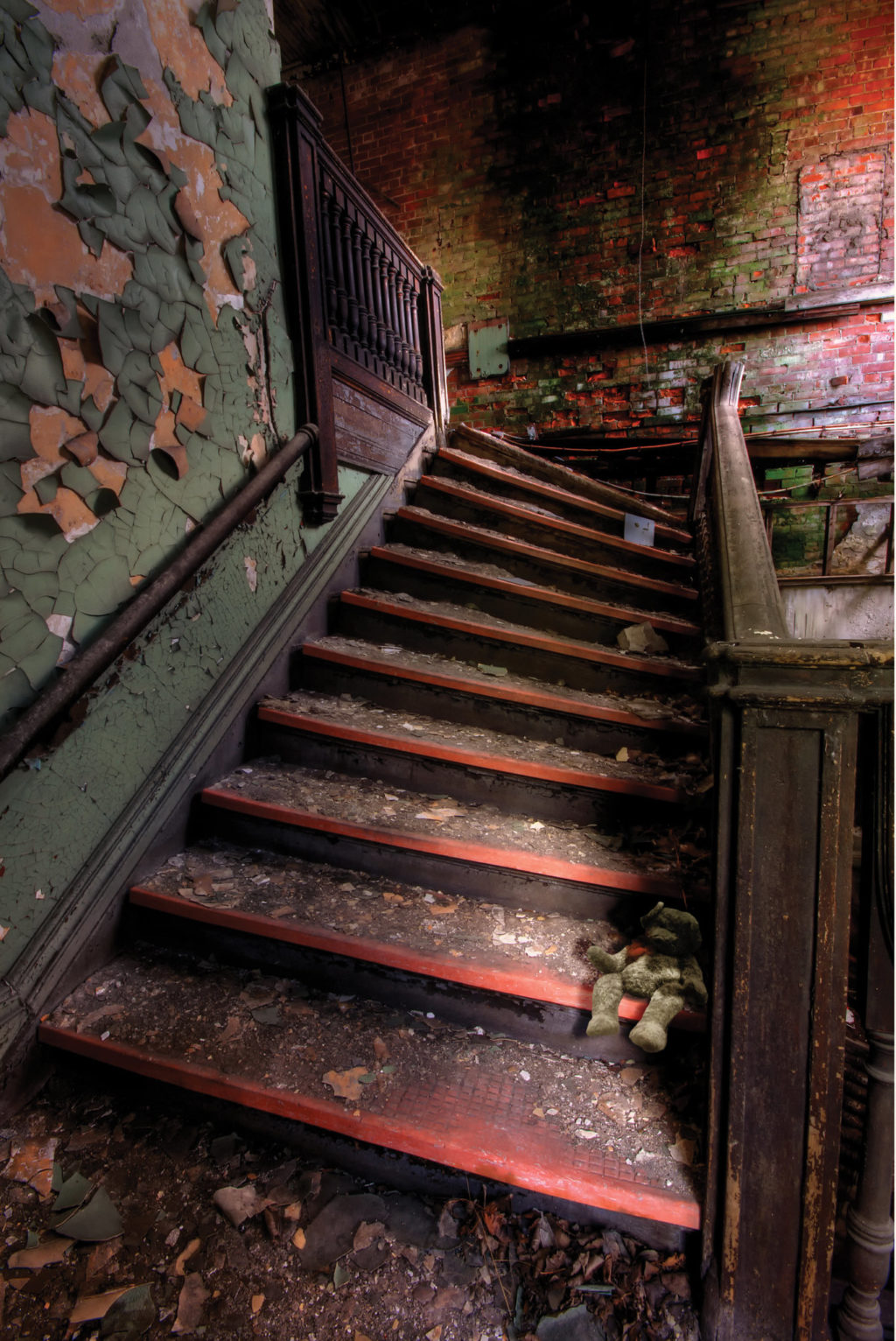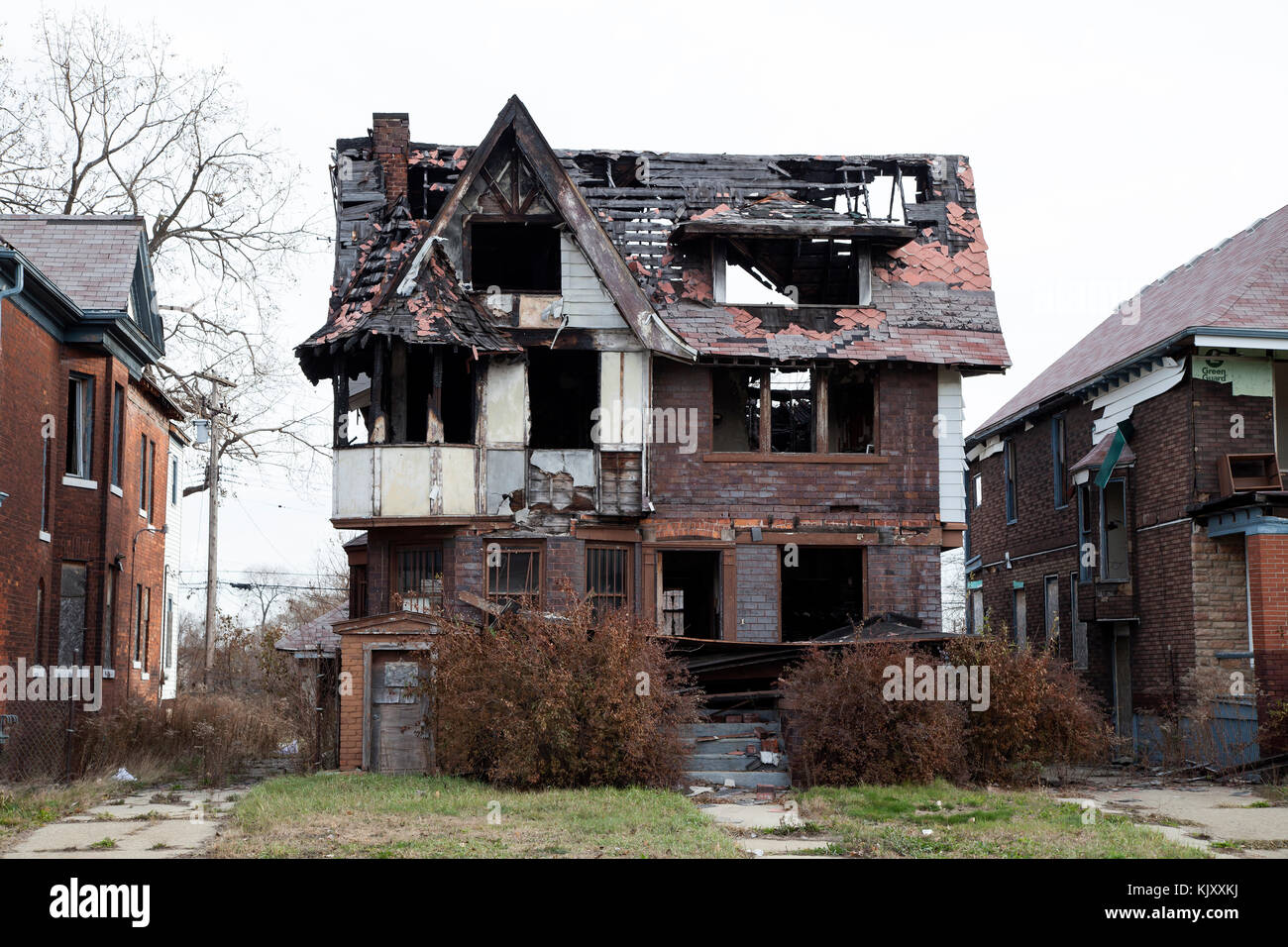

PLoS ONE 15(7):Įditor: Changshan Wu, University of Wisconsin Milwaukee, UNITED STATES More refined measures of urban blight would allow for better targeted remediation efforts and improved community health.Ĭitation: Athens J, Mehta S, Wheelock S, Chaudhury N, Zezza M (2020) Using 311 data to develop an algorithm to identify urban blight for public health improvement. These facets include physical disorder (e.g., litter, overgrown lawns, or graffiti) and decay (e.g., vacant or abandoned lots or sidewalks in disrepair) that are manifestations of social processes such as (loss of) neighborhood cohesion, social control, collective efficacy, and anchor institutions. Our findings indicate the need of further validation, as well as testing algorithms that disambiguate the different facets of urban blight. We found the strongest association with long-term (>1 year) commercial vacancies (Pearson’s correlation coefficient = 0.16, p < 0.001). The percent of 311 calls that were ‘blight related’ at the census tract level were correlated with the most common proxy measure for blight: short, medium, and long-term vacancy rates for commercial and residential buildings. We found that our urban blight algorithm, which includes counts of keywords (‘tokens’), resulted in sensitivity ~90% and specificity between 55% and 76%, depending on other covariates in the model. This paper evaluates how publicly available data from New York City’s 311-call system can be used in a natural language processing approach to represent urban blight across the city with greater geographic and temporal precision. However, measurement strategies for urban blight have been complicated by lack of uniform data, often requiring expensive street audits or the use of proxy measures that cannot represent the multifaceted nature of blight.

Urban blight-manifestations of adverse social processes in the urban environment, including physical disorder, decay, and loss of anchor institutions-comprises many conditions considered to negatively affect the health of communities. The growth of administrative data made available publicly, often in near-real time, offers new opportunities for monitoring conditions that impact community health.


 0 kommentar(er)
0 kommentar(er)
